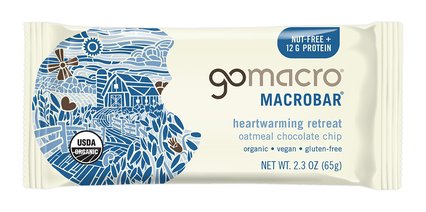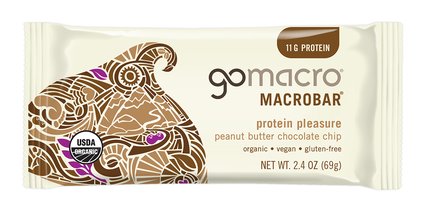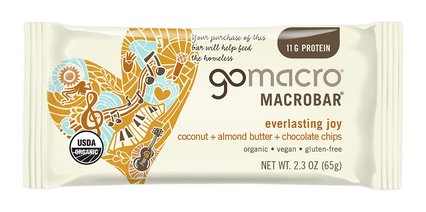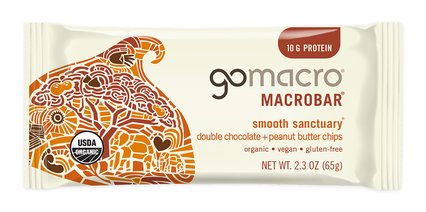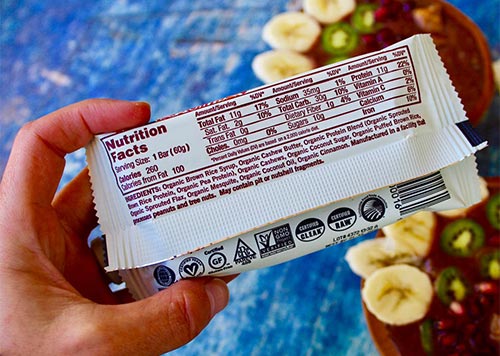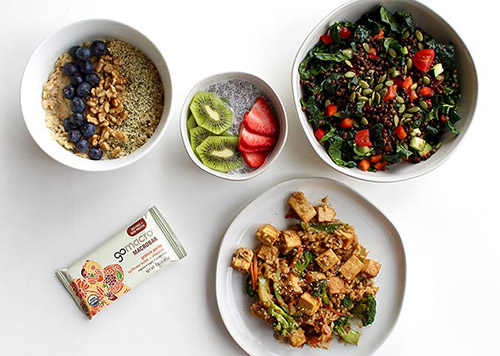Is Your Clothing Toxic?
How to Identify Toxic Clothing in Your Closet
We’re all becoming increasingly aware of what we put in our bodies when it comes to nutrition and what we apply to our bodies when it comes to beauty and personal care products. But as we Marie-Kondo those toxic cleaning supplies and endocrine-disrupting hair products, we can all benefit from considering the potential hazards of what we wear on our bodies - our clothes.
As clothing has become more performance-driven and convenient (stain resistant! wrinkle-free!), some have also become more toxic. While we all love a pair of buttery soft compression leggings, they don’t usually get their texture and magical sweat-wicking abilities from mother nature. At all stages of production - from how materials are sourced to dyeing, treating, and printing - today’s fabrics are treated with dozens of chemicals that are associated with conditions ranging from contact dermatitis all the way to cancer.

What’s Really In Your Closet?
Petroleum-based fabrics:
Polyester, nylon, spandex, acrylic, rayon - they’re all fabrics we see a lot of in modern clothing (particularly athletic wear) and they’re all synthetic chemicals derived from petroleum. Many of the chemicals in these fabrics off-gas when heated, which means your dryer can end up releasing these chemicals into your home.
NPEs (nonylphenol ethoxylates)”
Although they’ve been phased out of home laundry detergents, these bioaccumulative and persistent chemicals are still routinely used as detergents in the textile manufacturing process. They’re widely recognized for extreme toxicity to wildlife and the potential health effects include hormone disruption, birth defects, reproductive harm, skin irritation, and more.
PFCs/Teflon
The same class of chemicals used to make a pan non-stick is also used to treat many water- and stain-resistant fabrics like Gore-tex, Scotchgard, or Stainmaster. In studies, PFCs (perfluorinated compounds) have been shown to be carcinogenic, endocrine-disrupting, and bio-accumulative (meaning they build up in the body over time), not to mention toxic for the environment.
Formaldehyde
This well-known EPA-classified carcinogen is often used to make fabrics wrinkle-free or to prevent shrinkage, but also used in some dyes and printing. It’s also a VOC, which means it can off-gas dangerous chemicals that cause developmental and reproductive damage, eye and skin irritation, and respiratory problems - especially for workers exposed during production.
Phthalates
This class of endocrine-disrupting chemicals is commonly found in many personal care products, but can also be found in printing inks, waterproof materials, and faux leather.
Heavy Metals
Almost all clothing dyes are made with heavy metals like lead, chromium, and cadmium. They can cause reproductive issues and can pollute our water and environment.
Does This Really Matter?
On the surface, toxins in clothing may not sound like a big deal. After all, we’re not directly consuming them the way we are when it comes to food. But our skin is our largest organ and a major mode of eliminating our bodies’ toxins. By wearing certain fabrics, you’re exposing your body to questionable chemicals almost constantly. In addition, some of the chemicals used in production are linked to respiratory issues, which makes them particularly hazardous for the employees who produce them. In the words of Greenpeace’s Manfred Stanten, “The concentration (of chemicals) that we find in clothing may not cause acute toxic problems for the wearer in the short-term…you don’t know what the impact of long-term exposure is on human health.”
While food and personal products are regulated to a certain extent by the USDA and FDA, respectively, there is no unifying regulatory body for clothing manufacturing. And unlike food and beauty products, there’s no ingredient label aside from the fabric label, so it can be difficult to know what the safest options are without some research. That means it’s up to consumers to equip themselves with the knowledge needed to make an informed purchase.
How to Get Started Detoxing Your Closet
- Focus on plant-sourced fabrics - especially organics.
The easiest way to eliminate the major concerns about your clothing is to start at the source. Look for organic cotton, linen, hemp or Tencel (made from Eucalyptus) as these typically require the least amount of chemical processing, solvents, and surfactants to produce. As a bonus, these vegan-friendly options are also easier on the planet as they don’t necessitate the extremely toxic processing required by petroleum-based products or raise animal welfare concerns. The organic part is important as conventionally-grown cotton is one of the most herbicide-intensive crops, which has consequences for both your health and the environment. (Note: bamboo, though naturally-derived, typically requires heavily-toxic processing.) - Skip anything labeled as wrinkle-resistant, stain-resistant, flame-retardant, cling-free, etc.
Or at least be very skeptical. In addition to all the typical processing, detergents, and dyes, these fabrics are also treated with extra chemicals that are purposefully left in the end product. - Look for GOTS-certified, OEKO-TEX and BlueSign fabrics.
Although there isn’t a regulatory group for textile manufacturing, the OEKO-TEX and BlueSign standards focus specifically on eliminating toxic chemicals added during the garment manufacturing process. GOTS takes things a step further by also including the fiber source, making it the most comprehensive certification for clothing. - Start with workout and sleep clothes.
Rather than throw away your entire wardrobe, start phasing in “cleaner” options by focusing on the clothes you workout or sleep in first. These are times that the body is in repair and toxin elimination mode, so consider switching to organic cotton for pajamas and athletic wear to give your body a break. - Wash before the first wear - preferably with non-toxic laundry soap.
It’s a step we hear, but don’t always follow. Washing all clothes before the first wear can be helpful in eliminating some of the chemicals used in production, but just like you can’t fully “remove” the pesticides by washing a non-organically grown vegetable, you can’t remove all the toxins and synthetics from a piece of clothing with a cycle in the washing machine. - Research and demand better from brands.
Any clothing brand that takes toxins and sustainability seriously should be highly transparent about their processes and fiber sourcing. A Greenpeace Report showed that clothing from many major brands contained hazardous toxins, so if you can’t find info about a company’s textiles, it’s safe to assume they are using conventional chemical processing. The number of non-toxic, organic clothing brands is increasing every day, making safer clothing more mainstream and easy to find. Though it may be more expensive than typical fast fashion brands, it’s worth investing in key pieces that will last - both for your long term health and for our planet.
